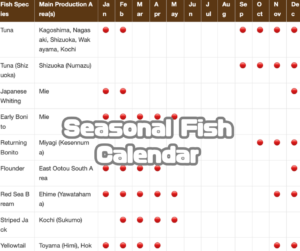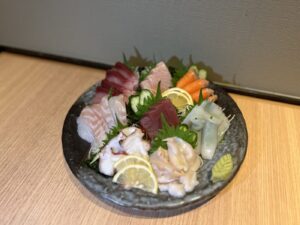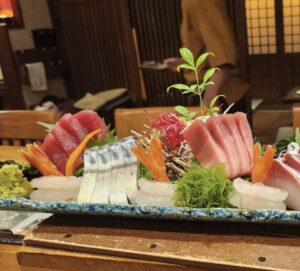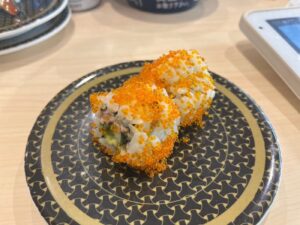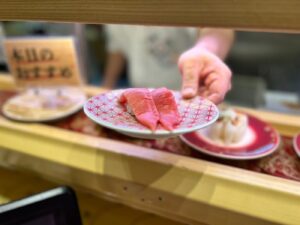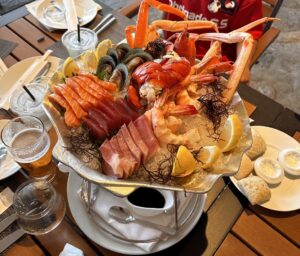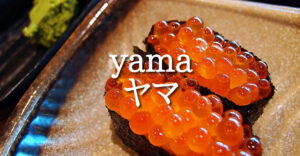From nigiri sushi to makizushi and narezushi, sushi is a traditional dish loved by Japanese people. Although we usually eat sushi without thinking about it, many people may be surprised to learn about its history.
Here, the Sushi Mania editorial department, which has published many books on sushi, explains the history of sushi and its roots. Recommended for those who want to learn more about sushi!
- Table of Contents – Where does Sushi come from?
Where are the roots of Sushi?
Was Sushi once paid as a tax?
The roots of today’s sushi appeared in the Muromachi to Azuchi-Momoyama periods
Edomae-zushi, the root of nigiri-zushi, is different from today’s sushi!
Surprising or not! Sushi spread throughout Japan after World War II
And “Edomae-zushi” spread throughout the country!
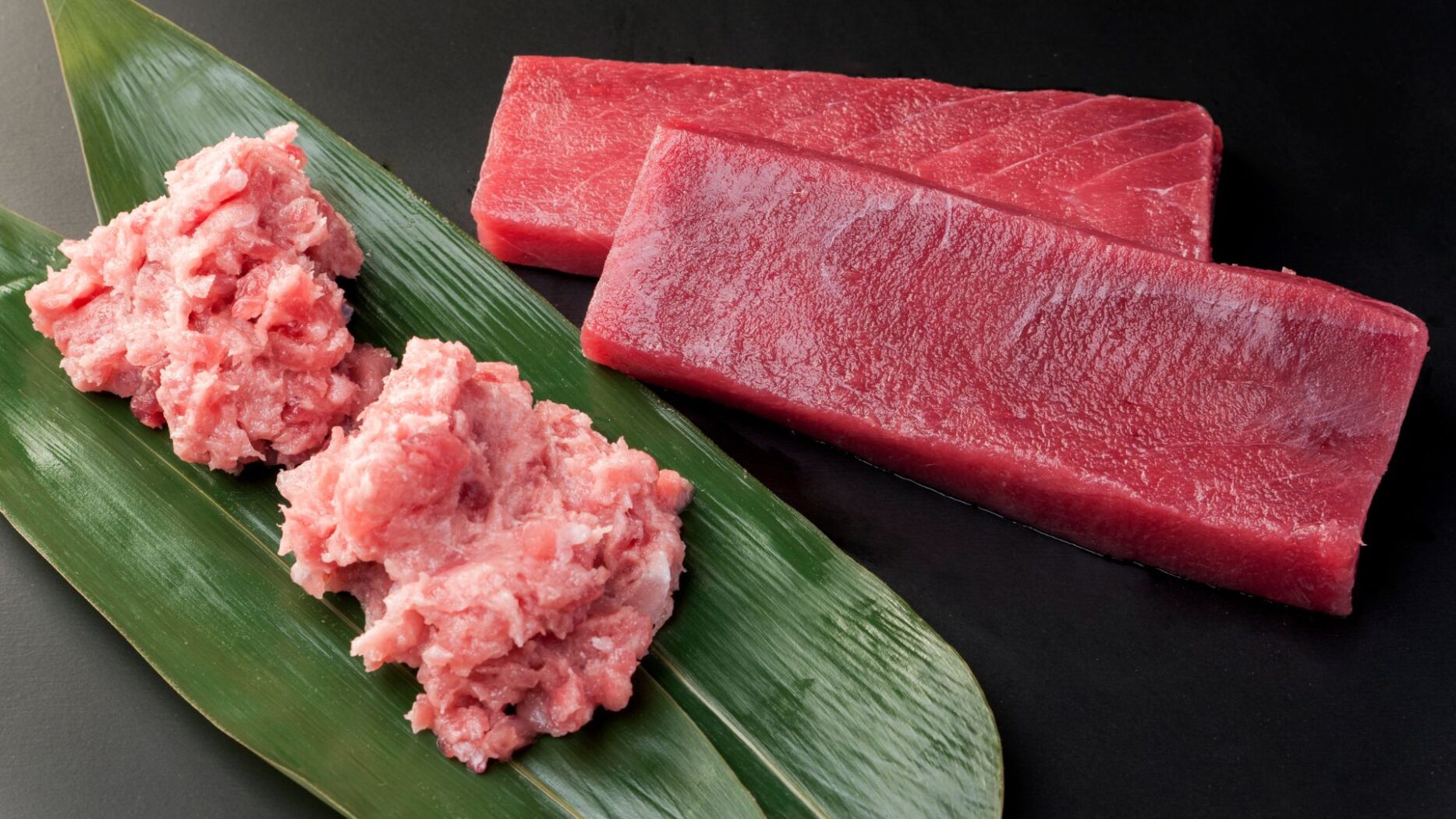
When did sushi come to be called “sushi”? Before that, let’s look into the roots of Sushi. However, the roots are not very clear.
It is believed to have originated when a tribe living in the mountains somewhere in Southeast Asia marinated fish in cooked rice and other grains and allowed them to ferment naturally in order to preserve river fish. Similar foods remain in what is now Southeast Asia, and in Japan, funazushi from Omi and nare-zushi from Kumano, which uses sweetfish, are the very roots of sushi. In other words, sushi at that time was “pickled fish meat.
The roots of sushi were introduced to China in ancient times. Here, too, grains such as millet, millet and rice were cooked and salted, and fish (mainly carp) was marinated in it. The kanji name “sushi” was then created.
Translated with www.DeepL.com/Translator (free version)
It is said that sushi is a Chinese character used in northern China, while “鮓” is a character used in the south. The “旨” in the character for “鮨” means “to mature something,” and the “乍” in “鮓” means “to peel something thin. Both of these characters were created more than 2,000 years ago, as evidenced by the fact that they are listed in old dictionaries.
They were introduced to ancient Japan as a part of continental culture. And together with the characters, it became a representative food culture of Japan. However, it is strange that in China, where the characters were created, the dish of sushi itself disappeared without a trace.
Sushi was once paid as a tax?
When did sushi first leave its mark on Japanese history? The first reference is the “Funeyaku-ryo”. This is a document that stipulated taxes in the Yoro Code, Volume 10, enacted in 718, the 73rd year after the Taika Reform. It states, “Two tons of eel sushi, three tons of clam and crucian carp, and five tons of miscellaneous sushi. Abalone sushi, Igai-zushi, and Zatsu-no-zushi (……) are all sushi. At this point, these were paid as taxes, in other words, taxes to the Imperial Court.
Sushi and zushi are the same names that were coined in China. Therefore, it is likely that sushi was similar to “pickles,” or fermented fish and shellfish, which may have been introduced from Southeast Asia to ancient China. It is interesting to note that while in China, river fish was mainly used, here it is marine products, and that too, shellfish.
Now, from this point on, the characters for “sushi” and “zushi” appear in various documents.
A wooden letter (luggage tag) discovered at the Heijo Palace site describes a wide variety of sushi, the contents of the luggage. This shows that sushi had been favored and prized by the Japanese people since that time. Among the marine products, shellfish were abundant. Sea bream was also widely used. On the other hand, ayu (sweetfish) was the favorite river fish, with many local specialties appearing one after another. The contrast between Chinese carp and Japanese sweetfish is interesting.
In Japan, crucian carp, catfish, and loach were also used as ingredients for sushi. Although not well known, catfish and loach sushi still exist today.
The roots of today’s sushi can be traced back to the Muromachi to Azuchi-Momoyama periods.
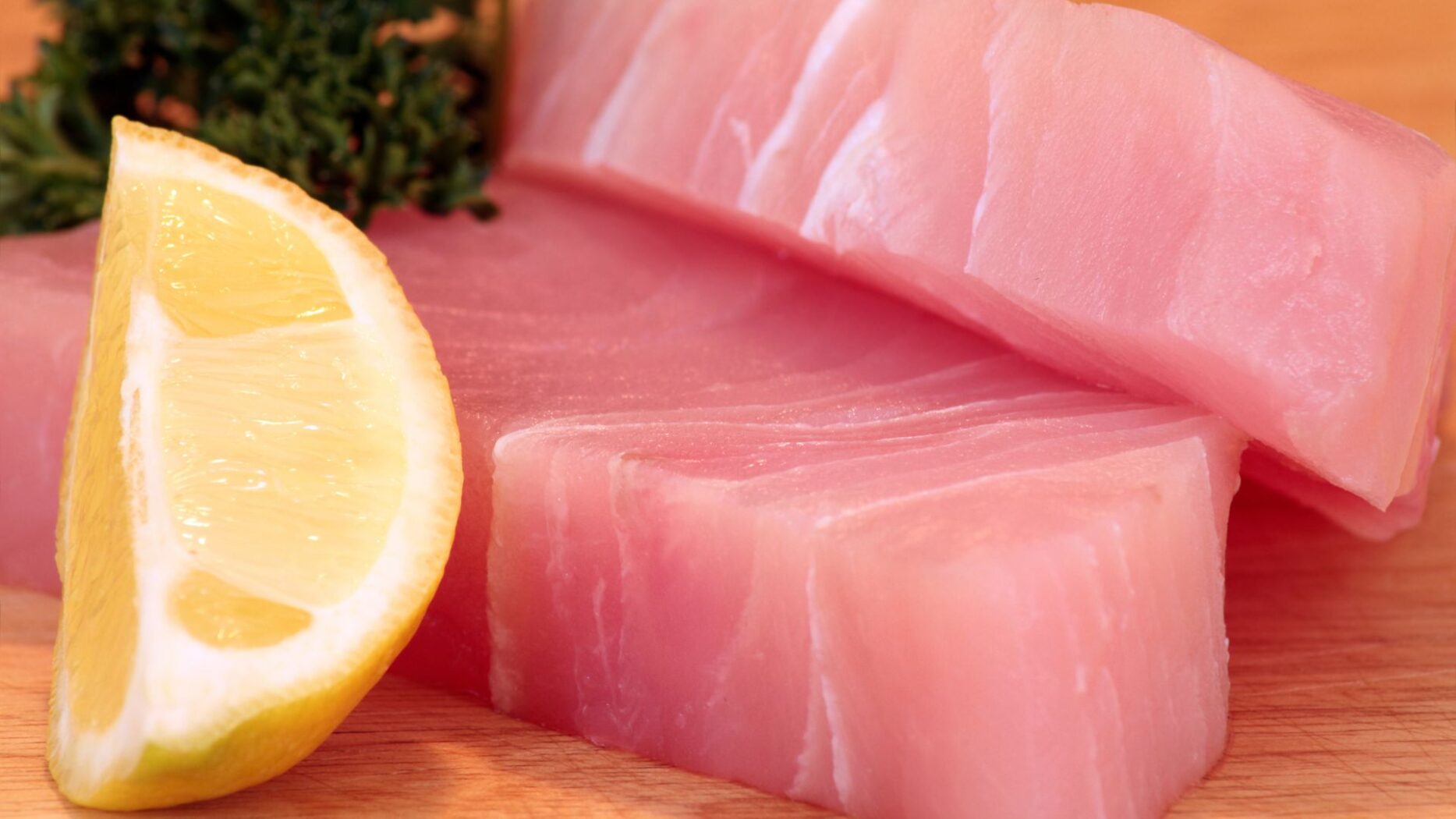
The roots of sushi are thought to have come from Southeast Asia to ancient China and then to Japan, where it was a kind of preserved food, or pickled seafood.
In the case of nare-zushi, rice and grains were discarded and only the seafood was eaten. However, the period of pickling became shorter, and from the Kamakura to Muromachi periods, rice was not discarded but eaten together. This is what is known as “nazuke-zushi” (generated zushi). While nare-zushi took nearly a year to marinate, nare-zushi was eaten in about 10 days.
Then came an epoch-making period in the history of sushi. From the Muromachi period to the Azuchi-Momoyama period, the method of cooking rice changed from “steaming” to the current “boiling” method. In addition, “vinegar” began to be distributed in the market.
Based on these changes, the prototype of today’s sushi was born. This was the rice sushi. As you can imagine from the name, the rice, rather than the seafood, came to assert its presence. The amount of sushi rice used increased, and vinegar was added to the sushi rice, which was then combined with seafood.
Think of the mackerel stick-zushi or small sea bream jaku-zushi found in the Kansai region today. These are as close to rice zushi as you can get, with seafood arranged and pressed onto a bed of rice. The zushi then evolved into kaki-zushi, which was made by cutting the seafood into thin, flat pieces for easier eating, and then into hako zushi, in which the rice is packed in a box and the seafood is placed on top of the box and pressed.
Edomae-zushi, the root of nigiri-zushi, is different from today’s sushi!
Nigiri-zushi is Edo-mae sushi. So, first of all, what is this “Edomae”? To begin with, it was eel shops that first used the term “Edomae”.
The name “kabayaki” was derived from the fact that the skewered eel resembles an ear of kama, and since the eel is caught in front of Edo (castle), the term “Edomae” was coined. As the popularity of nigirizushi (hand-rolled sushi) increased, the term “Edomae” came to be used exclusively for nigirizushi.
The Edo-mae-zushi is made by placing slices of seafood on a bed of vinegared rice, which is then nigiri-meshi, or nigiri-zushi. This is the same as today’s sushi, but there is a big difference between nigirizushi at the time of its birth and the nigirizushi we eat today.
In fact, sushi of this era was made by mixing ingredients with sushi rice. For example, sweet and spicy shiitake mushrooms were chopped into small pieces, nori (seaweed) was added, and oboro (minced fish) made from various kinds of ground white fish was placed on top. The size of the sushi rice was surprisingly large in today’s terms, and it was considered to be eaten in one and a half bites, even by a grown man at that time. The amount of sushi rice was so large that it is said that four pieces were enough to fill a full stomach.
In those days, when refrigeration and freezing were not available, raw fish and shellfish were rarely used, but were instead salted, pickled in vinegar, or marinated in soy sauce called “zuke.
Surprisingly, not surprisingly! Sushi spread throughout Japan after World War II.
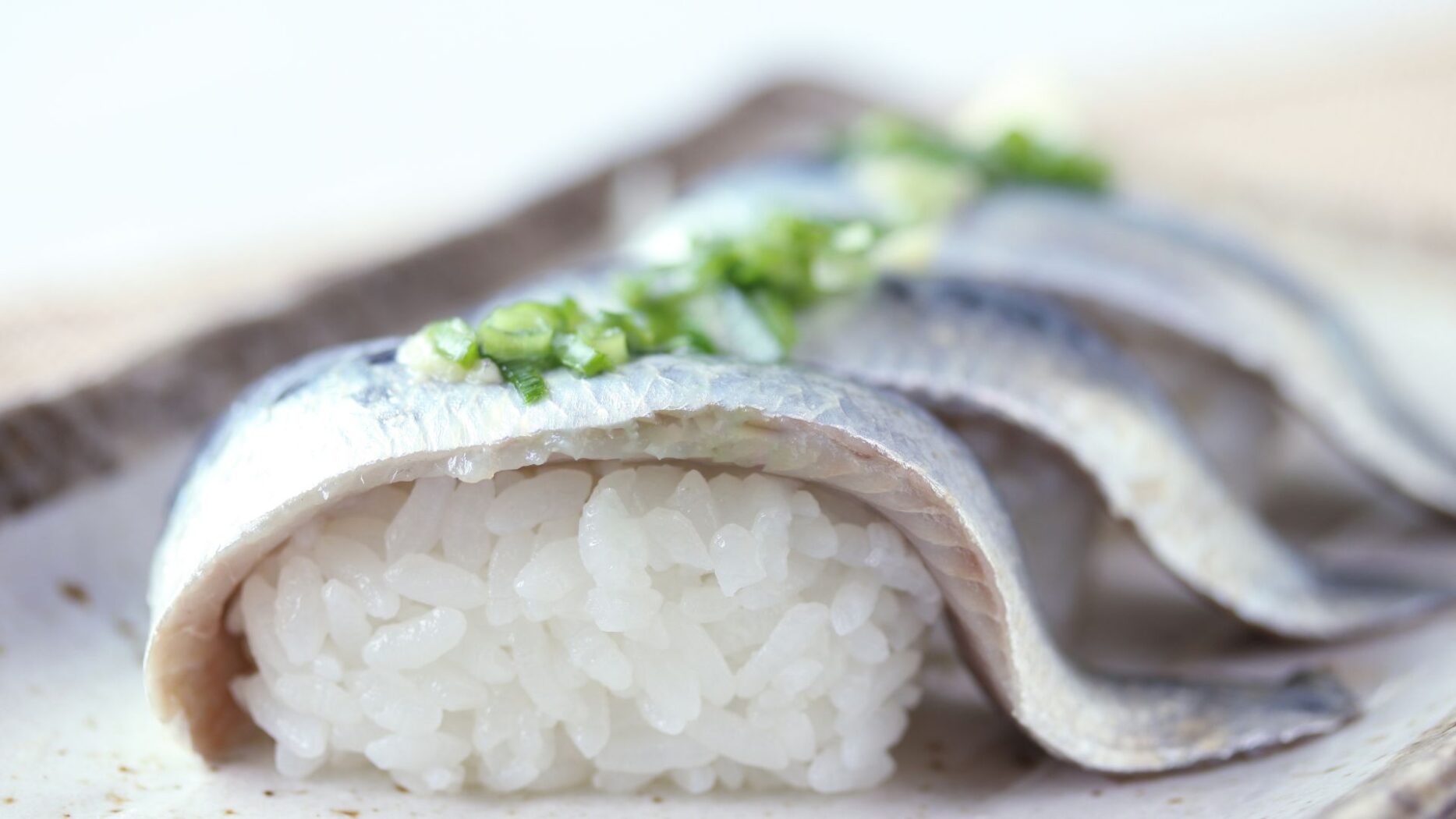
It may come as a surprise to many people to learn that the nationwide spread of Edomae nigirizushi actually began after World War II, when the food situation was in turmoil. To put it another way, until then, nigirizushi was limited to Tokyo and other areas of Japan, while the rest of the country ate their own sushi.
During and after World War II, food, including the staple rice, was strictly controlled in Japan, and the people barely survived on meager rations. Restaurants were not allowed to openly conduct business and were forced to change or close their businesses during the war, or to do business in the dark.
It was around this time that this system of business was born, although it is unclear when or who came up with the idea. Customers would bring a cup of rice, and the sushi restaurant would provide nigirizushi, deducting the price of the seafood and the rice equivalent to the processing fee.
This was called the “consignment processing system,” and only sushi restaurants were allowed to resume business with impunity. Incidentally, the amount of nigirizushi for one person in exchange for one cup of rice is 10 pieces, including the nori rolls. This was the basic number of nigirizushi, which later determined the size of one piece of sushi and the number of pieces, and it is still maintained today as the basic type of sushi for one person.
And “Edomae-zushi” spread throughout the country.
Finally, why did Edomae nigirizushi spread throughout the country? There is a reason. Since consignment processing was only allowed for Edomae-zushi, sushi restaurants all over the country began to make Edomae-zushi. As a result, even after the abolition of the system, Edomae-zushi has taken root throughout the country.
As a result, Edomae-zushi, or nigirizushi, is now eaten throughout Japan, and has continued to the present day.


